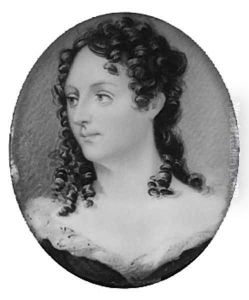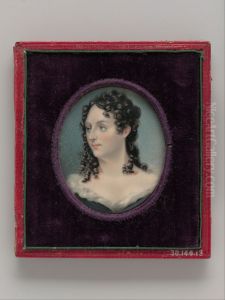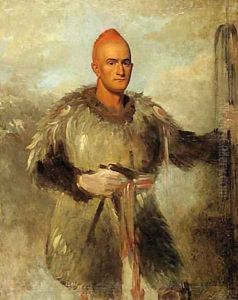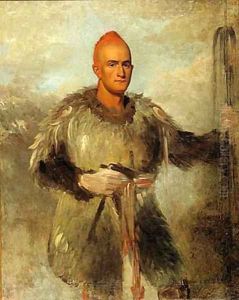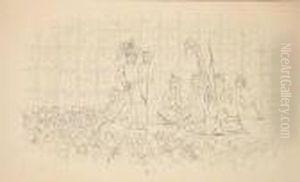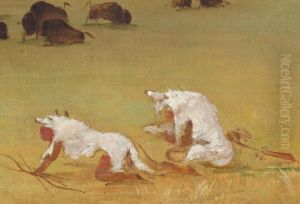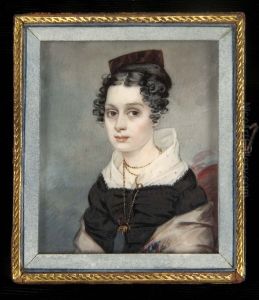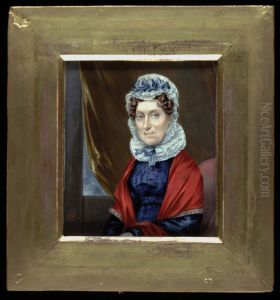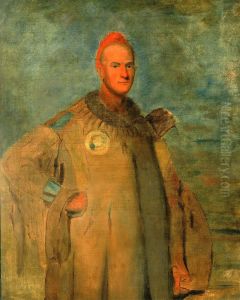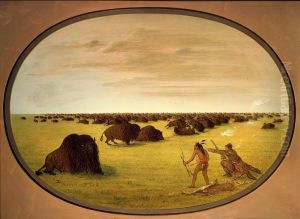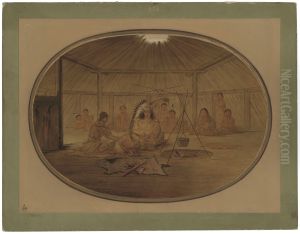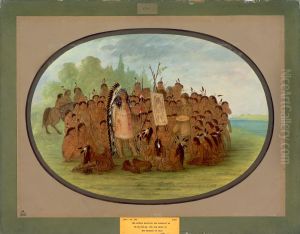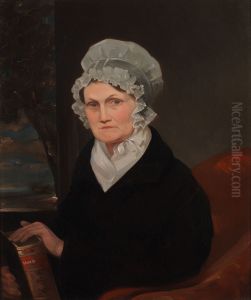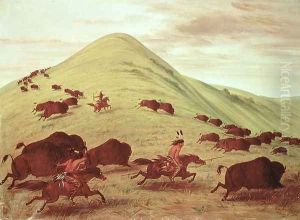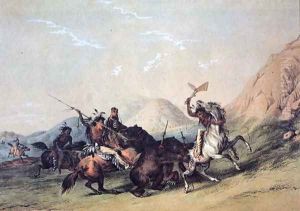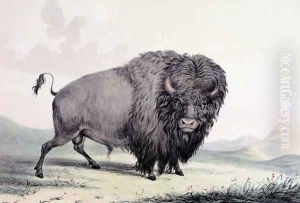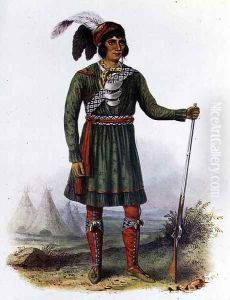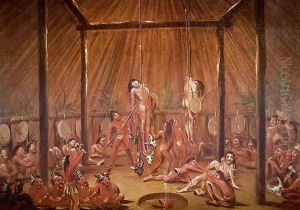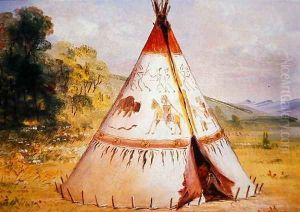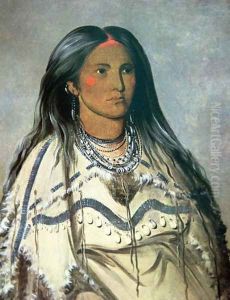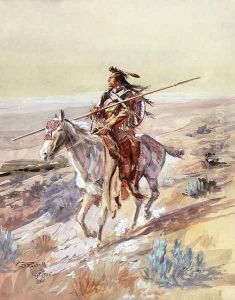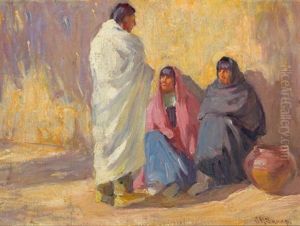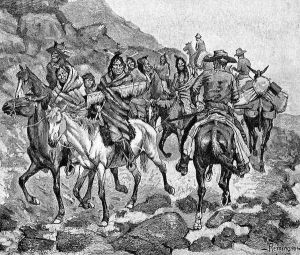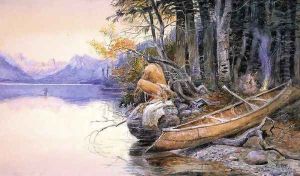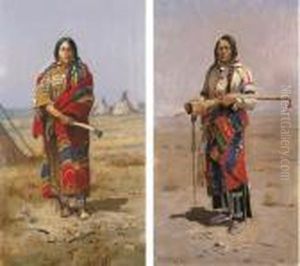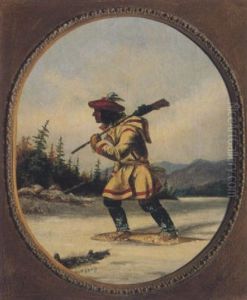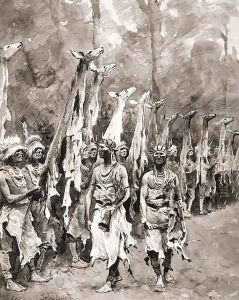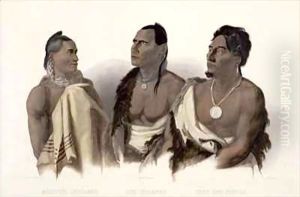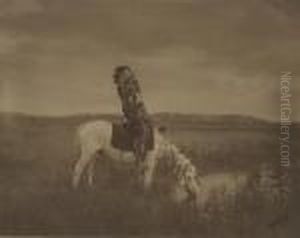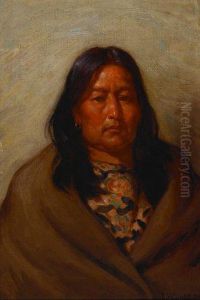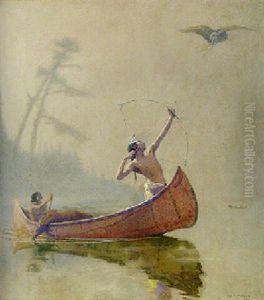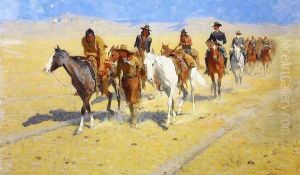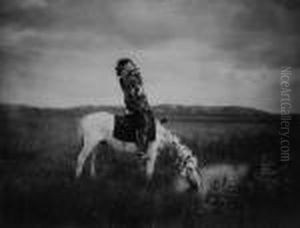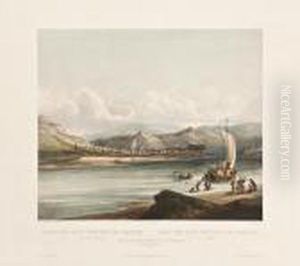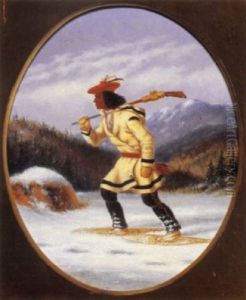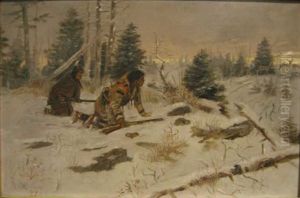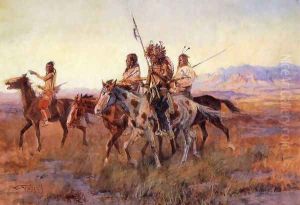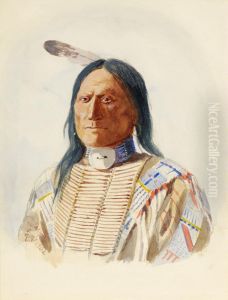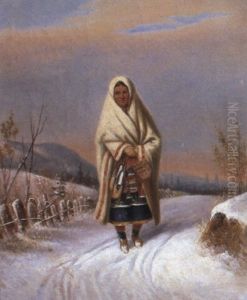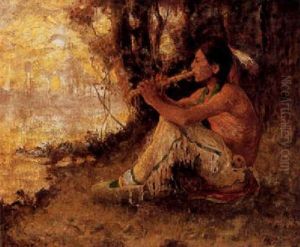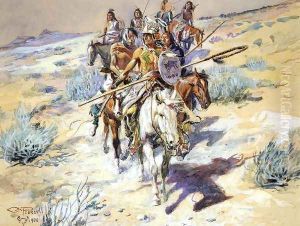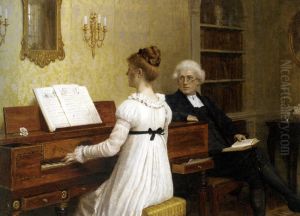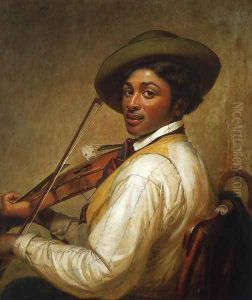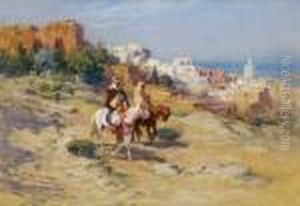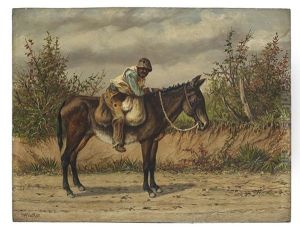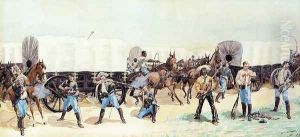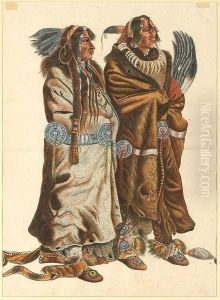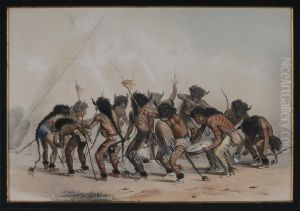





The Buffalo Dance
-
About Reproduction
Bring the timeless beauty of George Catlin's The Buffalo Dance into your home with a handmade oil painting reproduction. Carefully recreated on canvas by skilled artists using traditional techniques, this piece captures the delicate brushwork, subtle light, and vibrant color of the original masterpiece. With museum-level quality and rich texture, it brings elegance and artistic depth to any space. Enjoy free shipping and make this masterpiece a part of your personal collection.
-
Original Description
The Buffalo Dance by George Catlin immerses viewers in the vibrant energy of Native American ceremonial life. Painted circa 1835-1837 during Catlin's travels among the Great Plains tribes, this dynamic work captures Mandan warriors performing a ritual dance to summon buffalo herds. The painting's swirling compositions of feathered headdresses and muscular forms demonstrate Catlin's signature ethnographic style—blending documentary precision with dramatic flair. Earthy ochres and bold red pigments mirror natural mineral colors used in indigenous body paint, while the tilted perspective draws viewers into the sacred circle. As one of over 500 works documenting 50+ tribes, this painting holds exceptional anthropological value within 19th-century American art. Catlin's preservationist approach—later criticized for romanticism but unparalleled in scope—established visual archives of cultures facing displacement during Western expansion.
For contemporary interiors, The Buffalo Dance's warm palette suits organic-modern spaces craving cultural depth. A gallery-wrapped canvas reproduction (recommended 36"x48") commands attention as a dining room focal point when paired with rustic wood furniture and Navajo-patterned textiles. Alternatively, choose a smaller archival giclée (24"x32") for a study wall between reclaimed oak bookshelves, complementing the artwork's pigments with leather desk accessories in cognac tones. The painting's circular motion energizes minimalist offices when contrasted with clean-lined furniture—position it opposite large windows to create daylight drama. For color continuity, incorporate touches of Venetian red in area rugs or rust-colored ceramics. Avoid competing tribal patterns; instead anchor the artwork with simple linen drapes and matte black frames to honor its documentary gravitas while keeping the space contemporary.
-
Lead Time & Shipping
When you order this oil painting replica, it typically takes 2-3 weeks to paint. If the artwork is more complex, it might need a little more time to ensure the best quality. Once it's ready, we'll send you a photo for your approval. After you give the green light, we'll ship it to you for free.
-
Return & Refund
We believe in the quality of our hand-painted oil painting reproductions, and your satisfaction is our priority. If for any reason, you are not completely satisfied with your purchase, we offer a 45-day return policy. You can return your artwork within 45 days of receipt and receive a full refund. Please note that the artwork must be returned in the original packaging and in the same condition as it was received.





















